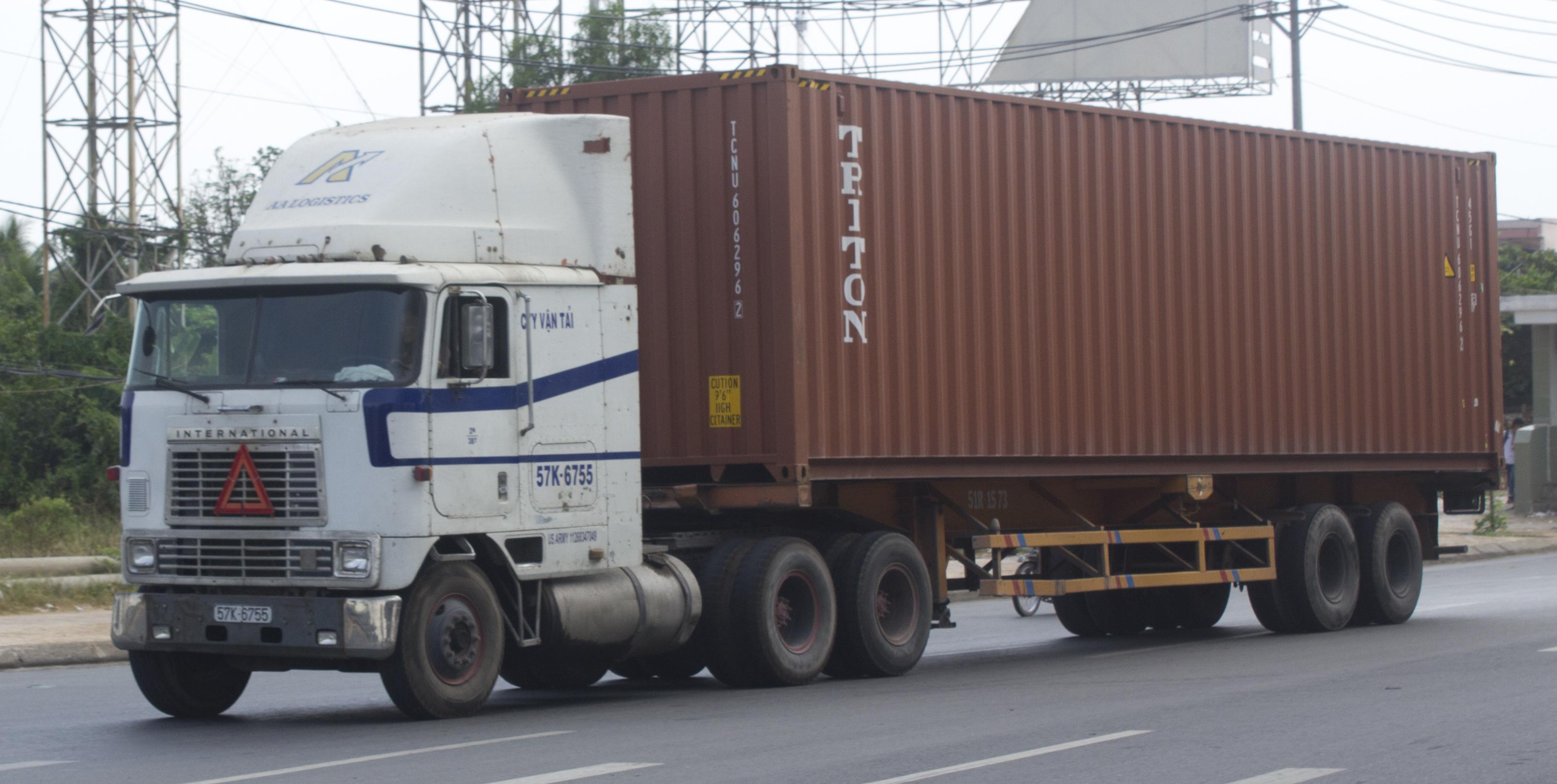

Be prepared by having a very good idea of what it is you want to build and where you want to build. And even if things don’t get THAT far, you can still face significant delays and cost impacts from regulatory hurdles you didn’t expect.Īlways contact your local public works building division, zoning office, and other applicable officials as early as possible in your project before you start construction. You don’t want to end up like this person, who had to take down their $1.5 million home because they didn’t apply for a permit. Just about the worst feeling in the world is when you’re told that your already built house doesn’t comply with local planning regulations and that you need to take the house down. Not Understanding Local Planning Regulations and Building Codes
#HOW TO CONNECT SHIPPING CONTANORS HOW TO#
We have a ton of great information about choosing the best containers for your project, how and where to buy containers, and also how to handle container delivery that is sure to help you avoid any surprises. Ensure all the corner joints are shown, and underneath and above the container is ideal if possible.

Seeing the containers in person is preferable, but at least get numerous high-quality images and videos if you can’t physically be there. But people purchasing their containers online or by telephone without seeing the containers in person may be surprised at the condition of the containers when they arrive.Įven if you have pictures beforehand, a shady dealer could conveniently crop out bad places from the pictures, or make them hard to spot with lower quality images. If you’re prepared for this work going in, that’s one thing. Containers naturally experience significant rust and corrosion due to their hard lives at sea and in busy ports, and it must be dealt with. But more heavily used containers may require cutting out dented or rusted metal and welding in a patch. While purchasing used containers is a great way to increase the sustainability of your home, you need to be prepared to do some refurbishing.Īt the low end, you’ll often need to some do touch up painting. Buying Containers with the Wrong ConditionĪnother crucial mistake people make is not accounting for the condition of the containers they purchase. There are even some containers that are a few inches wider than most, including 53 ft containers and so-called ‘pallet-wide’ containers.Ĭheck out our Shipping Container Dimensions article to learn about the sizes, weights, and more for all the common (and not so common) container varieties. Other people are surprised to find out that containers come in lengths other than just 20 and 40ft, including, 10, 45, and 48 ft lengths. Considering the benefits they offer, it’s usually money well-spent. High cube containers do cost a bit more, but they are quite popular and not too difficult to find.
#HOW TO CONNECT SHIPPING CONTANORS INSTALL#
Using a high cube container, you can install insulation and still have an 8-foot ceiling height. In a standard container, if you insulate the ceiling, the remaining interior ceiling height is only about 7 feet. An extra foot in the height of your container is perfect for people looking to insulate the ceiling of their container without sacrificing on headroom. Standard shipping containers are 8 feet 6 inches in height, whereas high cube containers are 9 feet 6 inches tall. Most of the people constructed their building using regular height shipping containers, only to find out later that there are high cube containers which are an additional foot in height. In fact, this was the most common response we received when interviewing dozens of shipping container homeowners. The biggest mistake people make when building their shipping container home is purchasing the wrong size shipping container. Here are a few common mistakes you can make when constructing a shipping container home. However, there are also examples of container homes that have failed because their owners have made simple mistakes that could have been avoided. When you look at examples of shipping container homes, you find homes that were built extremely fast and for a small amount of money. This trend of constructing with shipping containers isn’t surprising considering that container homes are Eco-friendly, affordable, and incredibly strong.


 0 kommentar(er)
0 kommentar(er)
